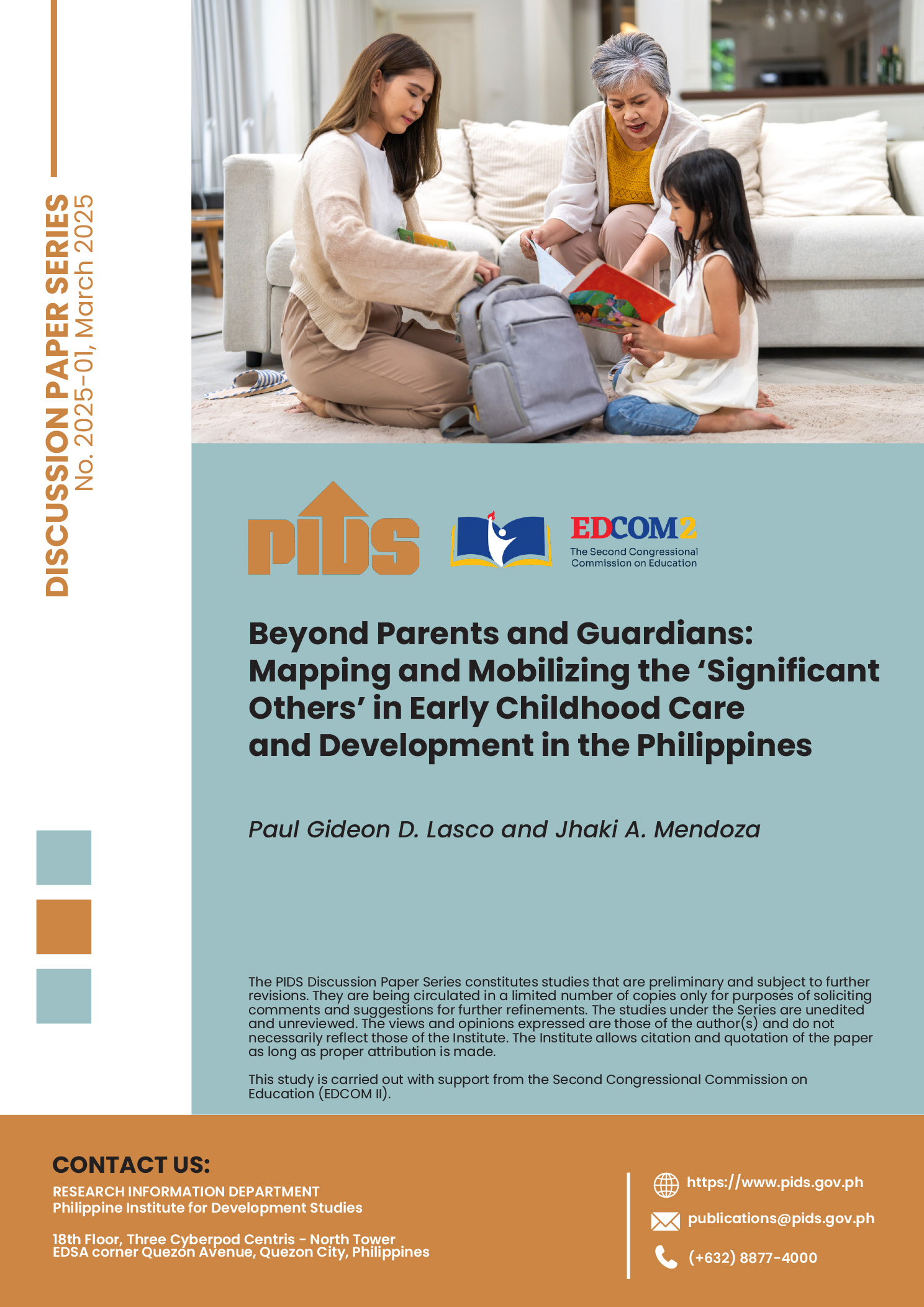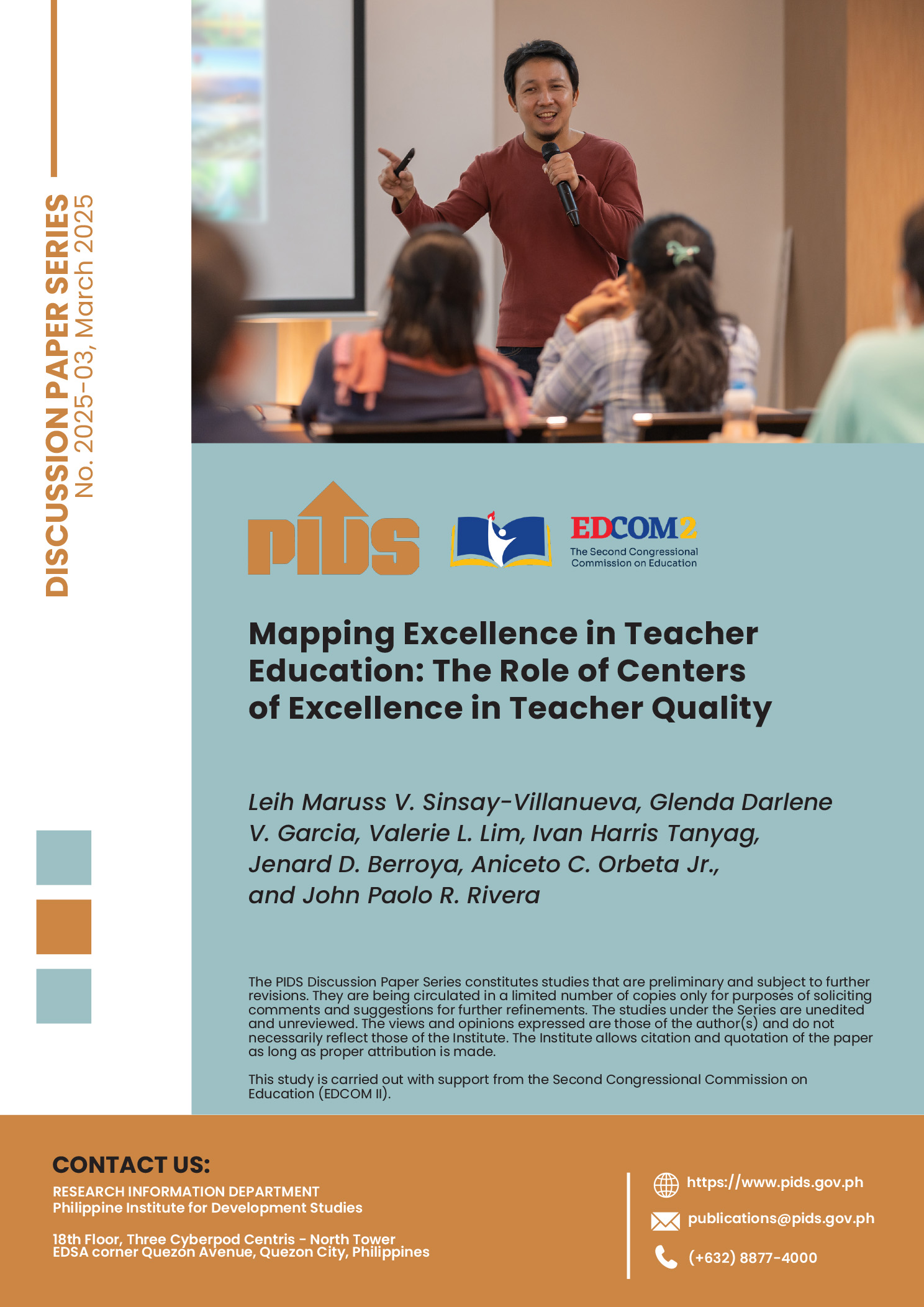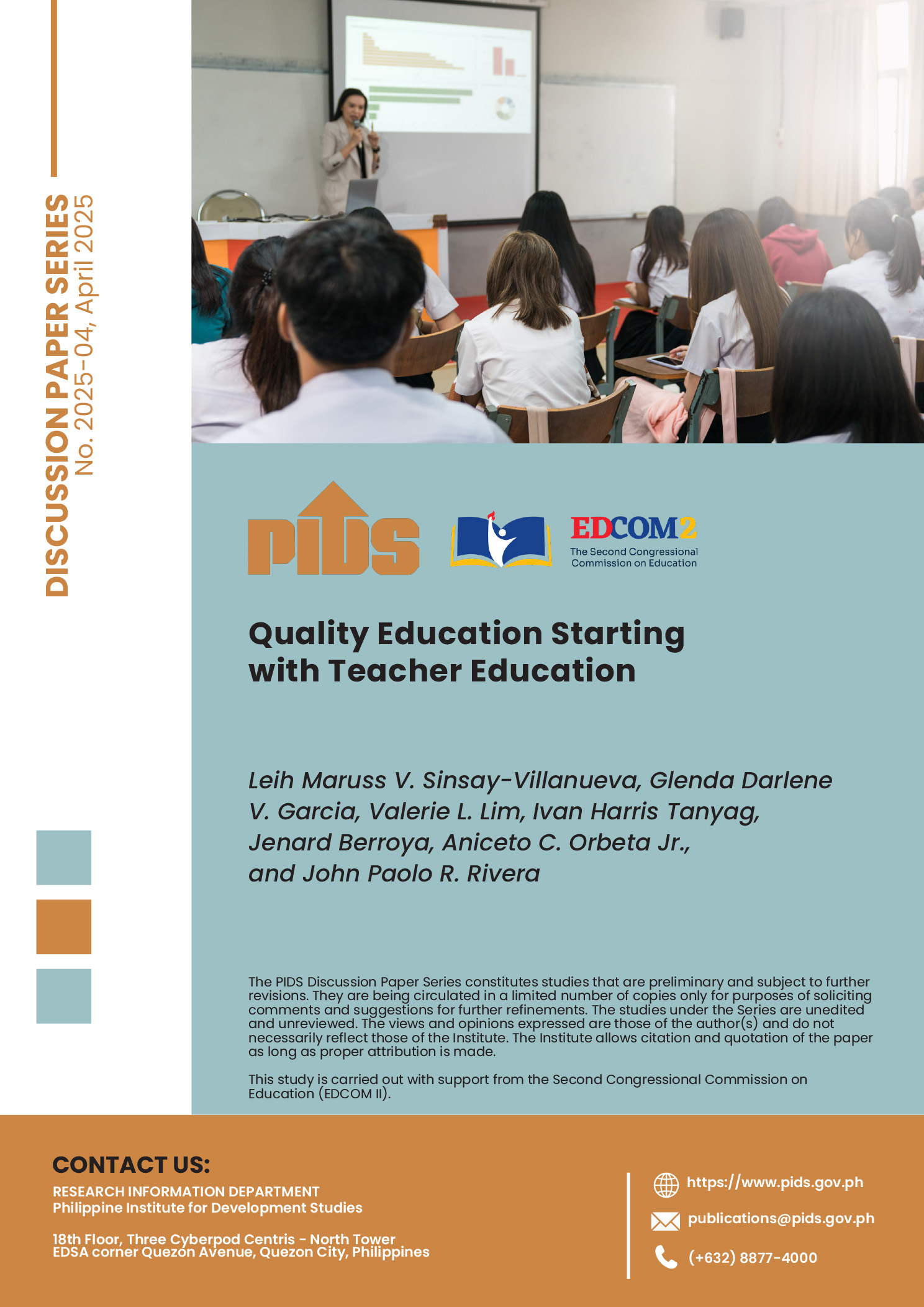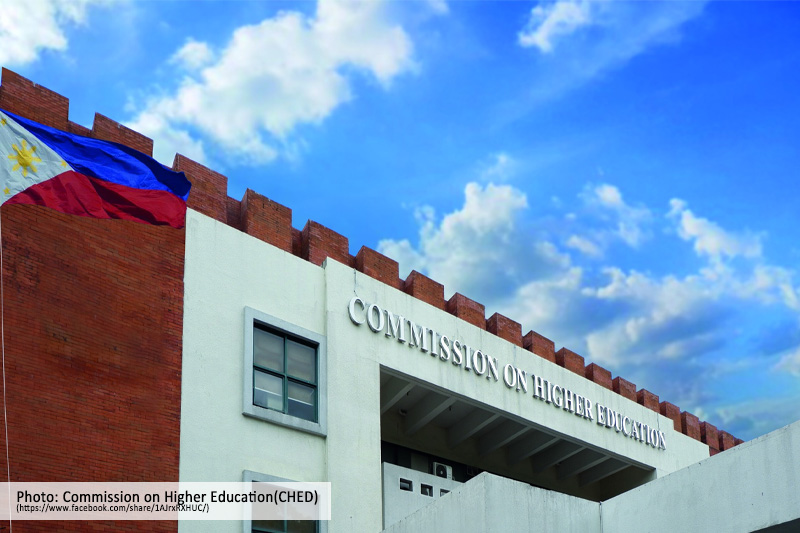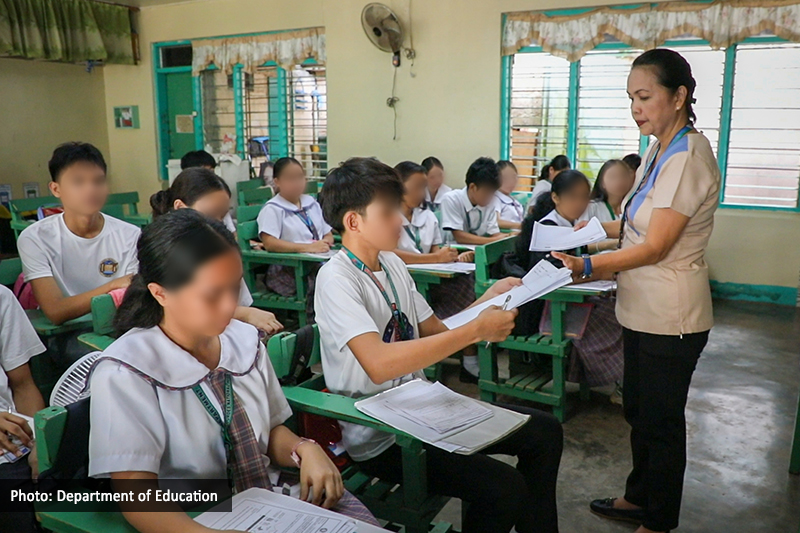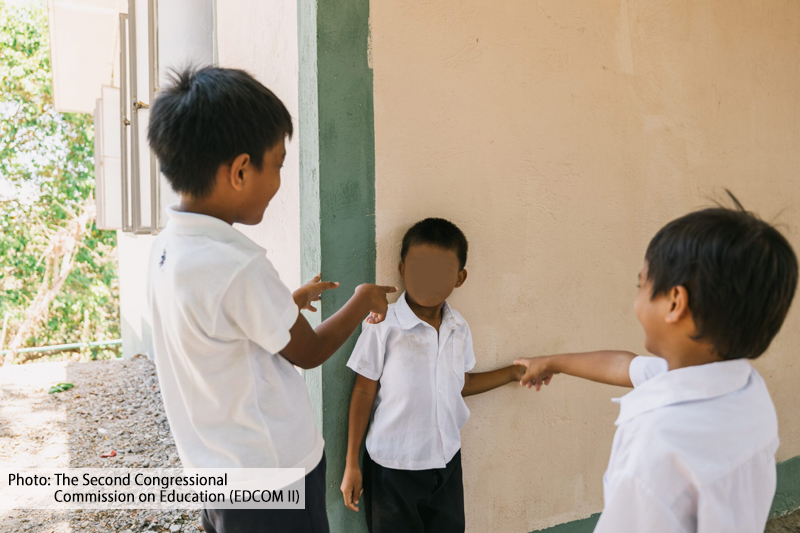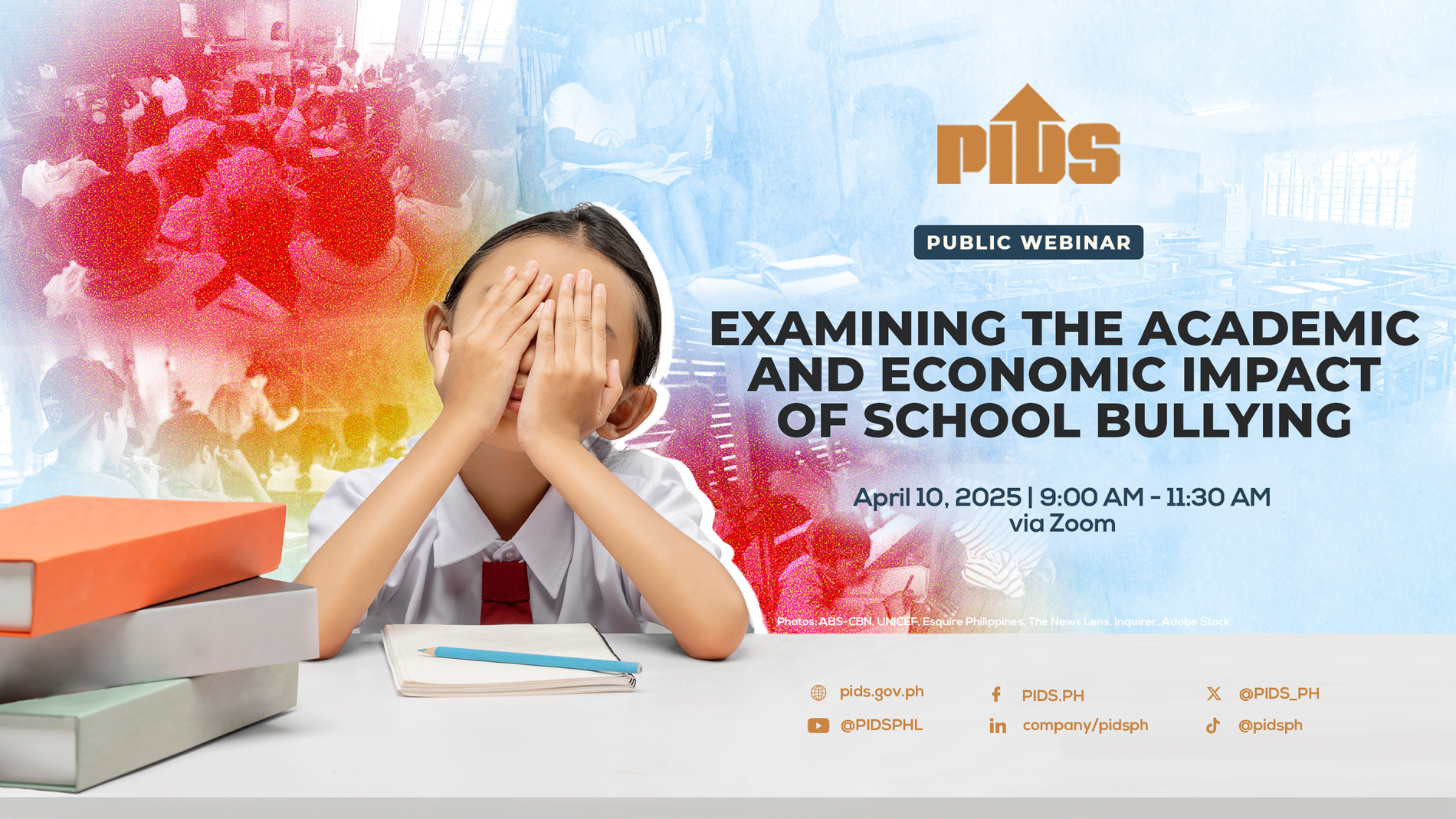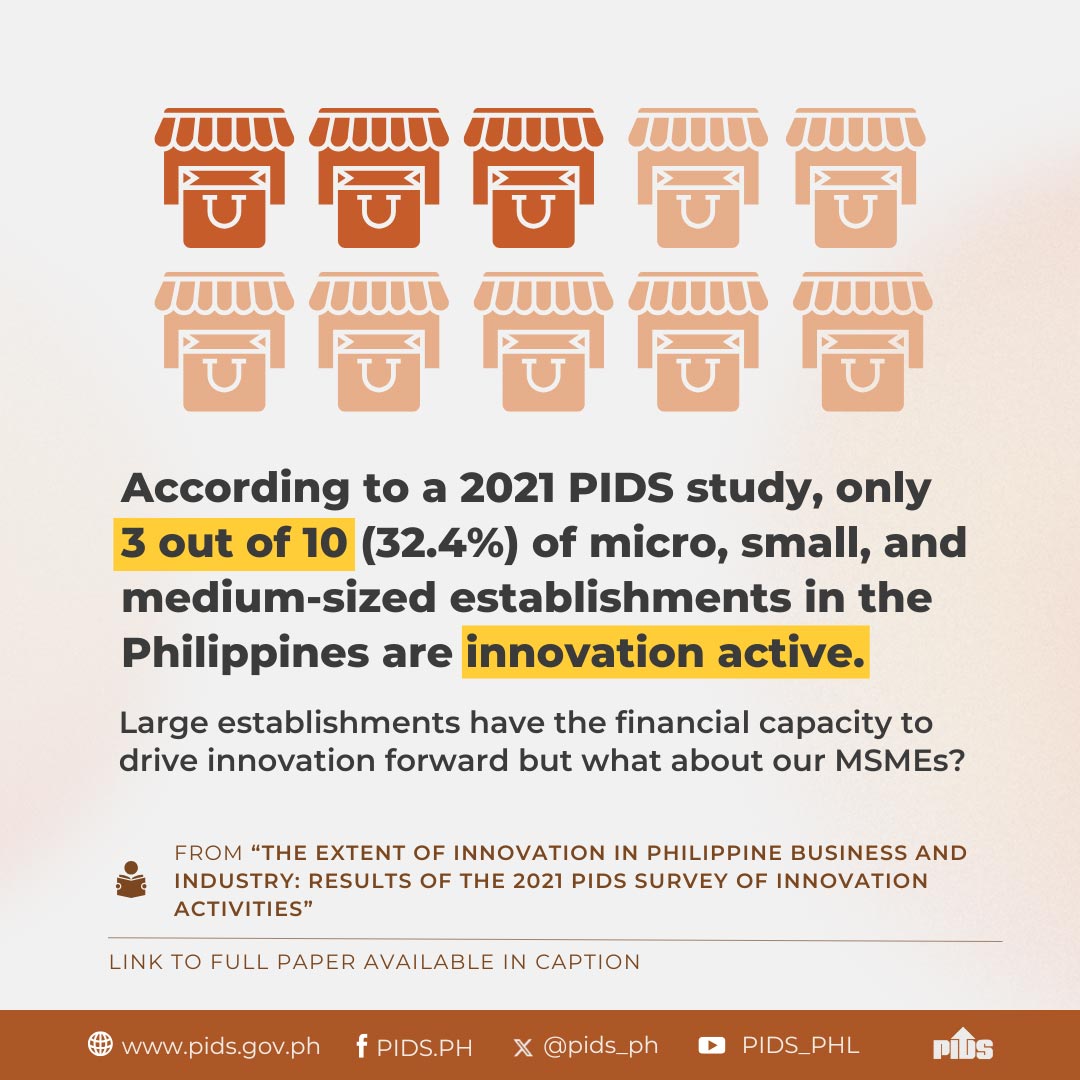When the law – Universal Access to Quality Tertiary Education – was passed, its proponents expected universal approval. After all, it mandated that state universities and colleges (SUCs) would NOT charge tuition. Students would now be able to get a college or university degree for free in all the SUCs in the Philippines.
However, a group of respected economists publicly called for a presidential veto claiming that the law was anti-poor. The group – Foundation for Economic Freedom – said: “Increasing the budget for free tuition will intensify the exodus of higher income students from private educational institutions toward SUCs and further worsen the proportion of poor students attending SUCs.”
Senator Bam Aquino, principal author of the law, countered by saying: “There is no doubt in my mind that this law will be helping Filipino families who are in need of support. This has been reinforced every time I meet and speak with students, parents and teachers of public universities...Estudyante, magulang at pamilyang Pilipino ang tunay na bida ng batas na ito.” He also cited the following statistics that reinforces his belief:
• Forty-nine percent in SUCs come from the bottom 50 percent of the population, from income levels determined by the Philippine Institute for Development Studies (PIDS) to need full support (tuition + other educational expenses = living allowance) to finish college.
• Up to 71 percent of students in SUCs come from families that do not have disposable income, with monthly family income of approximately P29,000 or less. Their families are struggling to send their children to school.
• On the other hand, only up to 28 percent of students in SUCs come from families that can comfortably send one child to school, with monthly income higher than P40,000.
• Only up to seven percent of students in SUCs come from families with monthly family income of more than P78,000
Senator Aquino cited poor students studying in SUCs specifically Russel Angel of Ramon Magsaysay Technological University, Zambales; Manuel Arqueza of Pangasinan State University; and Marky Louinorio of Bulacan State University. All three related stories of hardships and sacrifices that their families have to make just to make sure that they get a college degree. I have also talked to some opponents of the bill. Mostly, they cite stories of their visit to the University of the Philippines campus where they find the parking lots full of cars owned by students. They find it anomalous that they pay taxes that will subsidize the education of students whose families may even be wealthier than their own families.
I believe that this is one of the principal causes for these two different views. First, there are 114 state universities and colleges with a total enrolment of 1,332,146 students for academic year 2013-2014. For the same academic year, the University of the Philippines system, with eight campuses, had 71,300 students. The University of the Philippines-Diliman has a total enrolment of 22,765 as of Aug. 18. The total number of students in the UP system is only 5.35 percent of the total enrolment in state universities and colleges.
However, the face of public education, to many people, is the UP system especially UP Diliman which has always ranked as the leading university in the Philippines and attracts enrolees from the elite high schools in the country. Quality education requires financial resources and that is the reason the quality gap between UP and the rest of the SUCs is so wide.
Consider the following figures. In a 2013-2014 report by the Commission on Higher Education it shows the estimated cost per student of SUCs. According to the report the cost per student in the UP system is P84,703. The average cost per student for all SUCs is P21,813. The disparity between specific schools is even more surprising (shocking?). The Polytechnic University of the Philippines with an enrolment of 78,874 is the biggest SUC. Its cost per student is only P11,572.
Here are examples of cost per student in some other SUCs in the different regions: Mountain Province State Polytechnic college (P16,490); Pangasinan State University (P12,046); Isabela State University ( P15,265); Bulacan State University (P8,333); Nueva Ecija University of Science and Technology (P7,769); Central Philippine State University (P6,584); Cebu Normal University (P23,680); Sulu State College (P14,427) Sultan Kudarat State University (P10,728).
There is another set of figures computed by Pauline Macaraeg which shows the average expense for personnel salaries and includes other operating expenses per student in different SUCs. Here are some of her figures for the largest SUCs: University of the Philippines (P177,849); Polytechnic University (P17,758); Mindanao State University (P73,295); Batangas State University (P12,347) and Bulacan State University (P9,617).
How will the government subsidy be distributed? Will It now be distributed evenly so that each SUC will have the same cost per student? If this law will become pro-poor, how can we ensure that the students enrolled in SUCs in Bulacan, Zambales and Samar will have the same opportunity for quality education as the students enrolled in Diliman or Los Baños?
I agree with Senator Aquino that there is a need to come up with a more effective implementation plan; and I share his hope that this law will not be forgotten but implemented properly for the benefit of those who are truly poor.
However, a group of respected economists publicly called for a presidential veto claiming that the law was anti-poor. The group – Foundation for Economic Freedom – said: “Increasing the budget for free tuition will intensify the exodus of higher income students from private educational institutions toward SUCs and further worsen the proportion of poor students attending SUCs.”
Senator Bam Aquino, principal author of the law, countered by saying: “There is no doubt in my mind that this law will be helping Filipino families who are in need of support. This has been reinforced every time I meet and speak with students, parents and teachers of public universities...Estudyante, magulang at pamilyang Pilipino ang tunay na bida ng batas na ito.” He also cited the following statistics that reinforces his belief:
• Forty-nine percent in SUCs come from the bottom 50 percent of the population, from income levels determined by the Philippine Institute for Development Studies (PIDS) to need full support (tuition + other educational expenses = living allowance) to finish college.
• Up to 71 percent of students in SUCs come from families that do not have disposable income, with monthly family income of approximately P29,000 or less. Their families are struggling to send their children to school.
• On the other hand, only up to 28 percent of students in SUCs come from families that can comfortably send one child to school, with monthly income higher than P40,000.
• Only up to seven percent of students in SUCs come from families with monthly family income of more than P78,000
Senator Aquino cited poor students studying in SUCs specifically Russel Angel of Ramon Magsaysay Technological University, Zambales; Manuel Arqueza of Pangasinan State University; and Marky Louinorio of Bulacan State University. All three related stories of hardships and sacrifices that their families have to make just to make sure that they get a college degree. I have also talked to some opponents of the bill. Mostly, they cite stories of their visit to the University of the Philippines campus where they find the parking lots full of cars owned by students. They find it anomalous that they pay taxes that will subsidize the education of students whose families may even be wealthier than their own families.
I believe that this is one of the principal causes for these two different views. First, there are 114 state universities and colleges with a total enrolment of 1,332,146 students for academic year 2013-2014. For the same academic year, the University of the Philippines system, with eight campuses, had 71,300 students. The University of the Philippines-Diliman has a total enrolment of 22,765 as of Aug. 18. The total number of students in the UP system is only 5.35 percent of the total enrolment in state universities and colleges.
However, the face of public education, to many people, is the UP system especially UP Diliman which has always ranked as the leading university in the Philippines and attracts enrolees from the elite high schools in the country. Quality education requires financial resources and that is the reason the quality gap between UP and the rest of the SUCs is so wide.
Consider the following figures. In a 2013-2014 report by the Commission on Higher Education it shows the estimated cost per student of SUCs. According to the report the cost per student in the UP system is P84,703. The average cost per student for all SUCs is P21,813. The disparity between specific schools is even more surprising (shocking?). The Polytechnic University of the Philippines with an enrolment of 78,874 is the biggest SUC. Its cost per student is only P11,572.
Here are examples of cost per student in some other SUCs in the different regions: Mountain Province State Polytechnic college (P16,490); Pangasinan State University (P12,046); Isabela State University ( P15,265); Bulacan State University (P8,333); Nueva Ecija University of Science and Technology (P7,769); Central Philippine State University (P6,584); Cebu Normal University (P23,680); Sulu State College (P14,427) Sultan Kudarat State University (P10,728).
There is another set of figures computed by Pauline Macaraeg which shows the average expense for personnel salaries and includes other operating expenses per student in different SUCs. Here are some of her figures for the largest SUCs: University of the Philippines (P177,849); Polytechnic University (P17,758); Mindanao State University (P73,295); Batangas State University (P12,347) and Bulacan State University (P9,617).
How will the government subsidy be distributed? Will It now be distributed evenly so that each SUC will have the same cost per student? If this law will become pro-poor, how can we ensure that the students enrolled in SUCs in Bulacan, Zambales and Samar will have the same opportunity for quality education as the students enrolled in Diliman or Los Baños?
I agree with Senator Aquino that there is a need to come up with a more effective implementation plan; and I share his hope that this law will not be forgotten but implemented properly for the benefit of those who are truly poor.

